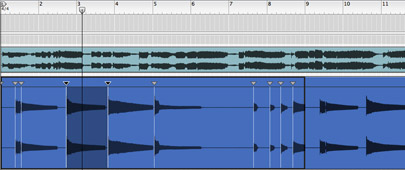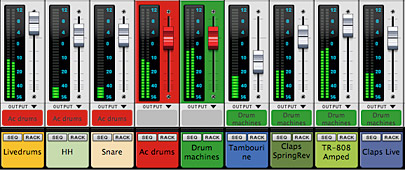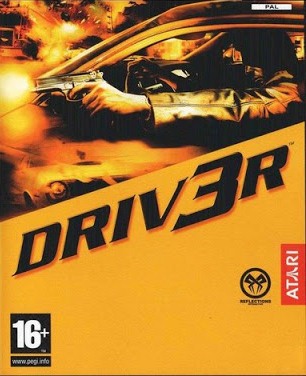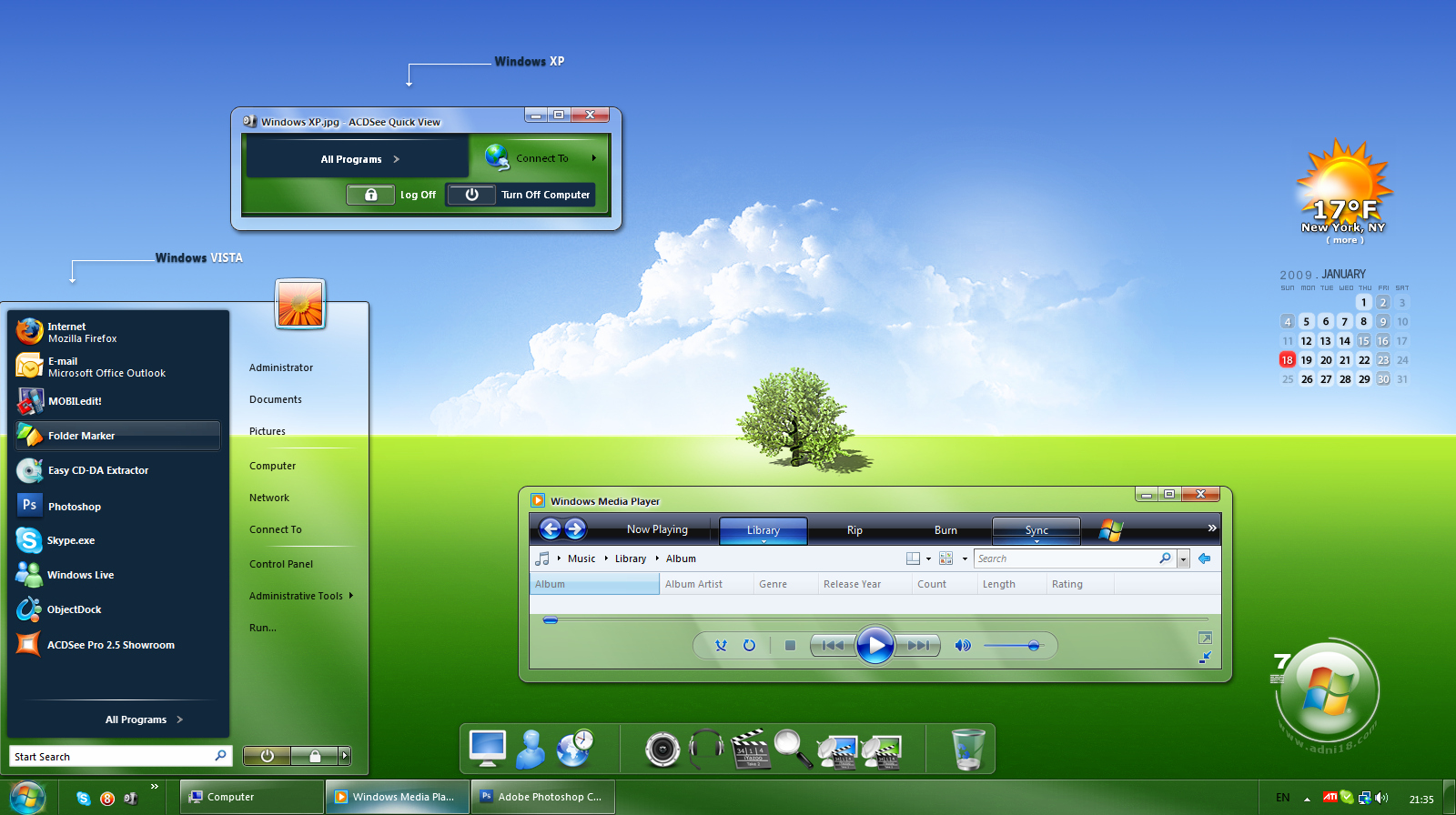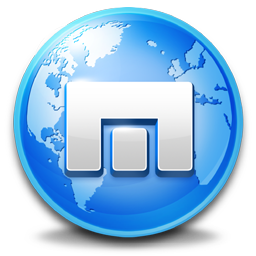YOUNG SLIT EXPERIMENTS
PROOF
EASY DONE ON HOME
GLASS DRAW BY SLITS
LASER ANY MH VALUE
The double-slit experiment, sometimes called Young's experiment (after Young's interference experiment), is a demonstration that matter and energy can display characteristics of both wavesand particles, and demonstrates the fundamentally probabilistic nature of quantum mechanical phenomena.
 In the basic version of this experiment, a coherent light source such as a laser beam illuminates a plate pierced by two parallel slits, and the light passing through the slits is observed on a screen behind the plate. The wave nature of light causes the light waves passing through the two slits to interfere, producing bright and dark bands on the screen—a result that would not be expected if light consisted strictly of particles. However, the light is always found to be absorbed at the screen at discrete points, as individual particles (not waves), the interference pattern appearing via the varying density of these particle hits on the screen.[1][2] This result establishes the principle known as wave–particle duality. Furthermore, versions of the experiment that include particle detectors at the slits find that each bit of light passes through one or the other slit (as particles would), but not through both (as waves would). Other particles such as electrons are found to exhibit the same behavior when fired toward a double slit.
In the basic version of this experiment, a coherent light source such as a laser beam illuminates a plate pierced by two parallel slits, and the light passing through the slits is observed on a screen behind the plate. The wave nature of light causes the light waves passing through the two slits to interfere, producing bright and dark bands on the screen—a result that would not be expected if light consisted strictly of particles. However, the light is always found to be absorbed at the screen at discrete points, as individual particles (not waves), the interference pattern appearing via the varying density of these particle hits on the screen.[1][2] This result establishes the principle known as wave–particle duality. Furthermore, versions of the experiment that include particle detectors at the slits find that each bit of light passes through one or the other slit (as particles would), but not through both (as waves would). Other particles such as electrons are found to exhibit the same behavior when fired toward a double slit.Additionally, the detection of individual particles is observed to be inherently probabilistic, which is inexplicable using classical mechanics.[3]
Overview
If light consisted strictly of ordinary or classical particles, and these particles were fired in a straight line through a slit and allowed to strike a screen on the other side, we would expect to see a pattern corresponding to the size and shape of the slit. However, when this "single-slit experiment" is actually performed, the pattern on the screen is a diffraction pattern in which the light is spread out. The smaller the slit, the greater the angle of spread. The top image in the image on the right shows the central portion of the pattern formed when a red laser illuminates a slit.
Similarly, if light consisted strictly of classical particles and we illuminated two parallel slits, the expected pattern on the screen would simply be the sum of the two single-slit patterns. In reality, however, the pattern changes to one with a series of light and dark bands (See the bottom photograph to the right.) When Thomas Young (1773–1829) first demonstrated this phenomenon, it indicated that light consists of waves, as the distribution of brightness can be explained by the alternately additive and subtractive interference of wavefronts.[3] Young's experiment, performed in the early 1800s, played a vital part in the acceptance of the wave theory of light, vanquishing the corpuscular theory of light proposed by Isaac Newton, which had been the accepted model of light propagation in the 17th and 18th centuries. However, the later discovery of the photoelectric effect demonstrated that under different circumstances, light can behave as if it is composed of discrete particles. These seemingly contradictory discoveries made it necessary to go beyond classical physics and take the quantum nature of light into account.
The double-slit experiment (and its variations), conducted with individual particles, has become a classic thought experiment for its clarity in expressing the central puzzles of quantum mechanics. Because it demonstrates the fundamental limitation of the ability of the observer to predict experimental results, Richard Feynman called it "a phenomenon which is impossible […] to explain in any classical way, and which has in it the heart of quantum mechanics. In reality, it contains the only mystery [of quantum mechanics]."[3] Feynman was fond of saying that all of quantum mechanics can be gleaned from carefully thinking through the implications of this single experiment.[4] Časlav Brukner and Anton Zeilinger have succinctly expressed this limitation as follows:
The observer can decide whether or not to put detectors into the interfering path. That way, by deciding whether or not to determine the path through the two-slit experiment, he can decide which property can become reality. If he chooses not to put the detectors there, then the interference pattern will become reality; if he does put the detectors there, then the beam path will become reality. Yet, most importantly, the observer has no influence on the specific element of the world which becomes reality. Specifically, if he chooses to determine the path, he has no influence whatsoever which of the two paths, the left one or the right one, Nature will tell him is the one where the particle is found. Likewise, if he chooses to observe the interference pattern he has no influence whatsoever where in the observation plane he will observe a specific particle. Both outcomes are completely random.[5]
The Englert–Greenberger duality relation provides a detailed treatment of the mathematics of double-slit interference in the context of quantum mechanics.
A low-intensity double-slit experiment was first performed by G. Taylor in 1909,[6] by reducing the level of incident light until photon emission/absorption events were mostly nonoverlapping. A double-slit experiment was not performed with anything other than light until 1961, when Claus Jönsson of the University of Tübingen performed it with electrons.[7][8] In 2002, Jönsson's double-slit experiment was voted "the most beautiful experiment" by readers of Physics World.[9]
In 1999, objects large enough to be seen under an electron microscope—buckyball molecules (diameter about 0.7 nm, nearly half a million times larger than a proton)—were found to exhibit wave-like interference.[10][11]
The appearance of interference built up from individual photons could seemingly be explained by assuming that a single photon has its own associated wavefront that passes through both slits, and that the single photon will show up on the detector screen according to the net probability values resulting from the co-incidence of the two probability waves coming by way of the two slits.[12] However, more complicated systems that involve two or more particles in superposition are not amenable to such a simple, classically intuitive explanation.[13]
Variations of the experiment
Interference of individual particles
An important version of this experiment involves single particles (or waves—for consistency, they are called particles here). Sending particles through a double-slit apparatus one at a time results in single particles appearing on the screen, as expected. Remarkably, however, an interference pattern emerges when these particles are allowed to build up one by one (see the image to the right). For example, when a laboratory apparatus was developed that could reliably fire one electron at a time through the double slit,[14] the emergence of an interference pattern suggested that each electron was interfering with itself, and therefore in some sense the electron had to be going through both slits at once[15]—an idea that contradicts our everyday experience of discrete objects. This phenomenon has also been shown to occur with atoms and even some molecules, including buckyballs.[10][16][17] So experiments with electrons add confirmatory evidence to the view of Dirac that electrons, protons, neutrons, and even larger entities that are ordinarily called particles nevertheless have their own wave nature and even their own specific frequencies.
This experimental fact is highly reproducible, and the mathematics of quantum mechanics (see below) allows us to predict the exact probability of an electron striking the screen at any particular point. However, the electrons do not arrive at the screen in any predictable order. In other words, knowing where all the previous electrons appeared on the screen and in what order tells us nothing about where any future electron will hit, even though the probabilities at specific points can be calculated.[18] (Note that it is not the probabilities of photons appearing at various points along the detection screen that add or cancel, but the amplitudes. Probabilities are the squares of amplitudes. Also note that if there is a cancellation of waves at some point, that does not mean that a photon disappears; it only means that the probability of a photon's appearing at that point will decrease, and the probability that it will appear somewhere else increases.) Thus, we have the appearance of a seemingly causeless selection event in a highly orderly and predictable formulation of the interference pattern. Ever since the origination of quantum mechanics, some theorists have searched for ways to incorporate additional determinants or "hidden variables" that, were they to become known, would account for the location of each individual impact with the target.[19]
With particle detectors at the slits
The double-slit apparatus can be modified by adding particle detectors positiond at the slits. This enables the experimenter to find the position of a particle not when it impacts the screen, but rather, when it passes through the double slit—did it go through only one of the slits, as a particle would be expected to do, or through both, as a wave would be expected to do? Many early experiments found that any modification of the apparatus that can determine which slit a particle passes through will reduce the visibility of interference at the screen,[3] thereby illustrating thecomplementarity principle: that light (and electrons, etc.) can behave as either particles or waves, but not both at the same time.[20][21][22] But an experiment performed in 1987[23] produced results that demonstrated that information could be obtained regarding which path a particle had taken, without destroying the interference altogether. This showed the effect of measurements that disturbed the particles in transit to a lesser degree and thereby influenced the interference pattern only to a comparable extent. And in 2012, researchers finally succeeded in correctly identifying the path each particle had taken without any adverse effects at all on the interference pattern generated by the particles.[24] In order to do this, they used a setup such that particles coming to the screen were not from a point-like source, but from a source with two intensity maxima. It is debated[citation needed] whether this affects the validity of the experiment.
There are many methods to determine whether a photon passed through a slit, for instance by placing an atom at the position of each slit. Interesting experiments of this latter kind have been performed with photons[23] and with neutrons.[25]
Delayed choice and quantum eraser variations
The delayed-choice experiment and the quantum eraser are sophisticated variations of the double-slit with particle detectors placed not at the slits but elsewhere in the apparatus. The first demonstrates that extracting "which path" information after a particle passes through the slits can seem to retroactively alter its previous behavior at the slits. The second demonstrates that wave behavior can be restored by erasing or otherwise making permanently unavailable the "which path" information.
Point-by-point computer simulation with a massless wave packet in 2D
The following simulation shows an instance where a wave-packet passes the double-slit. The wavepacket is generated with a Fourier synthesis with a Gaussian frequency kernel.
Other variations
In 1967, Pfleegor and Mandel demonstrated two-source interference using two separate lasers as light sources.[26][27]
It was shown experimentally in 1972 that in a double-slit system where only one slit was open at any time, interference was nonetheless observed provided the path difference was such that the detected photon could have come from either slit.[28][29] The experimental conditions were such that the photon density in the system was much less than unity.
In 2012, researchers at the University of Nebraska–Lincoln performed the double-slit experiment with electrons as described by Richard Feynman, using new instruments that allowed control of the transmission of the two slits and the monitoring of single-electron detection events. Electrons were fired by an electron gun and passed through one or two slits of 62 nm wide × 4 μm tall.[31]
Classical wave-optics formulation
Much of the behaviour of light can be modelled using classical wave theory. The Huygens–Fresnel principle is one such model; it states that each point on a wavefront generates a secondary spherical wavelet, and that the disturbance at any subsequent point can be found by summing the contributions of the individual wavelets at that point. This summation needs to take into account the phase as well as the amplitude of the individual wavelets. It should be noted that only the intensity of a light field can be measured—this is proportional to the square of the amplitude.
In the double-slit experiment, the two slits are illuminated by a single laser beam. If the width of the slits is small enough (less than the wavelength of the laser light), the slits diffract the light into cylindrical waves. These two cylindrical wavefronts are superimposed, and the amplitude, and therefore the intensity, at any point in the combined wavefronts depends on both the magnitude and the phase of the two wavefronts. The difference in phase between the two waves is determined by the difference in the distance travelled by the two waves.
If the viewing distance is large compared with the separation of the slits (the far field), the phase difference can be found using the geometry shown in the figure below right. The path difference between two waves travelling at an angle θ is given by:
When the two waves are in phase, i.e. the path difference is equal to an integral number of wavelengths, the summed amplitude, and therefore the summed intensity is maximum, and when they are in anti-phase, i.e. the path difference is equal to half a wavelength, one and a half wavelengths, etc., then the two waves cancel and the summed intensity is zero. This effect is known as interference. The interference fringe maxima occur at angles
where λ is the wavelength of the light. The angular spacing of the fringes, θf, is given by
The spacing of the fringes at a distance z from the slits is given by
For example, if two slits are separated by 0.5mm (d), and are illuminated with a 0.6μm wavelength laser (λ), then at a distance of 1m (z), the spacing of the fringes will be 1.2mm.
If the width of the slits b is greater than the wavelength, the Fraunhofer diffraction equation gives the intensity of the diffracted light as:[32]
Where the sinc function is defined as sinc(x) = sin(x)/(x) for x ≠ 0, and sinc(0) = 1.
This is illustrated in the figure above, where the first pattern is the diffraction pattern of a single slit, given by the sinc function in this equation, and the second figure shows the combined intensity of the light diffracted from the two slits, where the cos function represent the fine structure, and the coarser structure represents diffraction by the individual slits as described by the sinc function.
Similar calculations for the near field can be done using the Fresnel diffraction equation. As the plane of observation gets closer to the plane in which the slits are located, the diffraction patterns associated with each slit decrease in size, so that the area in which interference occurs is reduced, and may vanish altogether when there is no overlap in the two diffracted patterns.[33]
Interpretations of the experiment
Like the Schrödinger's cat thought experiment, the double-slit experiment is often used to highlight the differences and similarities between the various interpretations of quantum mechanics.
Copenhagen interpretation
| This section does not cite any references or sources. (February 2012) |
The Copenhagen interpretation is a consensus among some of the pioneers in the field of quantum mechanics that it is undesirable to posit anything that goes beyond the mathematical formulae and the kinds of physical apparatus and reactions that enable us to gain some knowledge of what goes on at the atomic scale. One of the mathematical constructs that enables experimenters to predict very accurately certain experimental results is sometimes called a probability wave. In its mathematical form it is analogous to the description of a physical wave, but its "crests" and "troughs" indicate levels of probability for the occurrence of certain phenomena (e.g., a spark of light at a certain point on a detector screen) that can be observed in the macro world of ordinary human experience.
The probability "wave" can be said to "pass through space" because the probability values that one can compute from its mathematical representation are dependent on time. One cannot speak of the location of any particle such as a photon between the time it is emitted and the time it is detected simply because in order to say that something is located somewhere at a certain time one has to detect it. The requirement for the eventual appearance of an interference pattern is that particles be emitted, and that there be a screen with at least two distinct paths for the particle to take from the emitter to the detection screen. Experiments observe nothing whatsoever between the time of emission of the particle and its arrival at the detection screen. If a ray tracing is then made as if a light wave (as understood in classical physics) is wide enough to take both paths, then that ray tracing will accurately predict the appearance of maxima and minima on the detector screen when many particles pass through the apparatus and gradually "paint" the expected interference pattern.
Path-integral formulation
The Copenhagen interpretation is similar to the path integral formulation of quantum mechanics provided by Feynman. The path integral formulation replaces the classical notion of a single, unique trajectory for a system, with a sum over all possible trajectories. The trajectories are added together by using functional integration.
Each path is considered equally likely, and thus contributes the same amount. However, the phase of this contribution at any given point along the path is determined by the action along the path:
All these contributions are then added together, and the magnitude of the final result is squared, to get the probability distribution for the position of a particle:
As is always the case when calculating probability, the results must then be normalized by imposing:
To summarize, the probability distribution of the outcome is the normalized square of the norm of the superposition, over all paths from the point of origin to the final point, of waves propagatingproportionally to the action along each path. The differences in the cumulative action along the different paths (and thus the relative phases of the contributions) produces the interference pattern observed by the double-slit experiment. Feynman stressed that his formulation is merely a mathematical description, not an attempt to describe a real process that we cannot measure.
Relational interpretation
According to the relational interpretation of quantum mechanics, first proposed by Carlo Rovelli,[34] observations such as those in the double-slit experiment result specifically from the interaction between the observer (measuring device) and the object being observed (physically interacted with), not any absolute property possessed by the object. In the case of an electron, if it is initially "observed" at a particular slit, then the observer–particle (photon–electron) interaction includes information about the electron's position. This partially constrains the particle's eventual location at the screen. If it is "observed" (measured with a photon) not at a particular slit but rather at the screen, then there is no "which path" information as part of the interaction, so the electron's "observed" position on the screen is determined strictly by its probability function. This makes the resulting pattern on the screen the same as if each individual electron had passed through both slits. It has also been suggested that space and distance themselves are relational, and that an electron can appear to be in "two places at once"—for example, at both slits—because its spatial relations to particular points on the screen remain identical from both slit locations.[35
PROOFS
THANKS
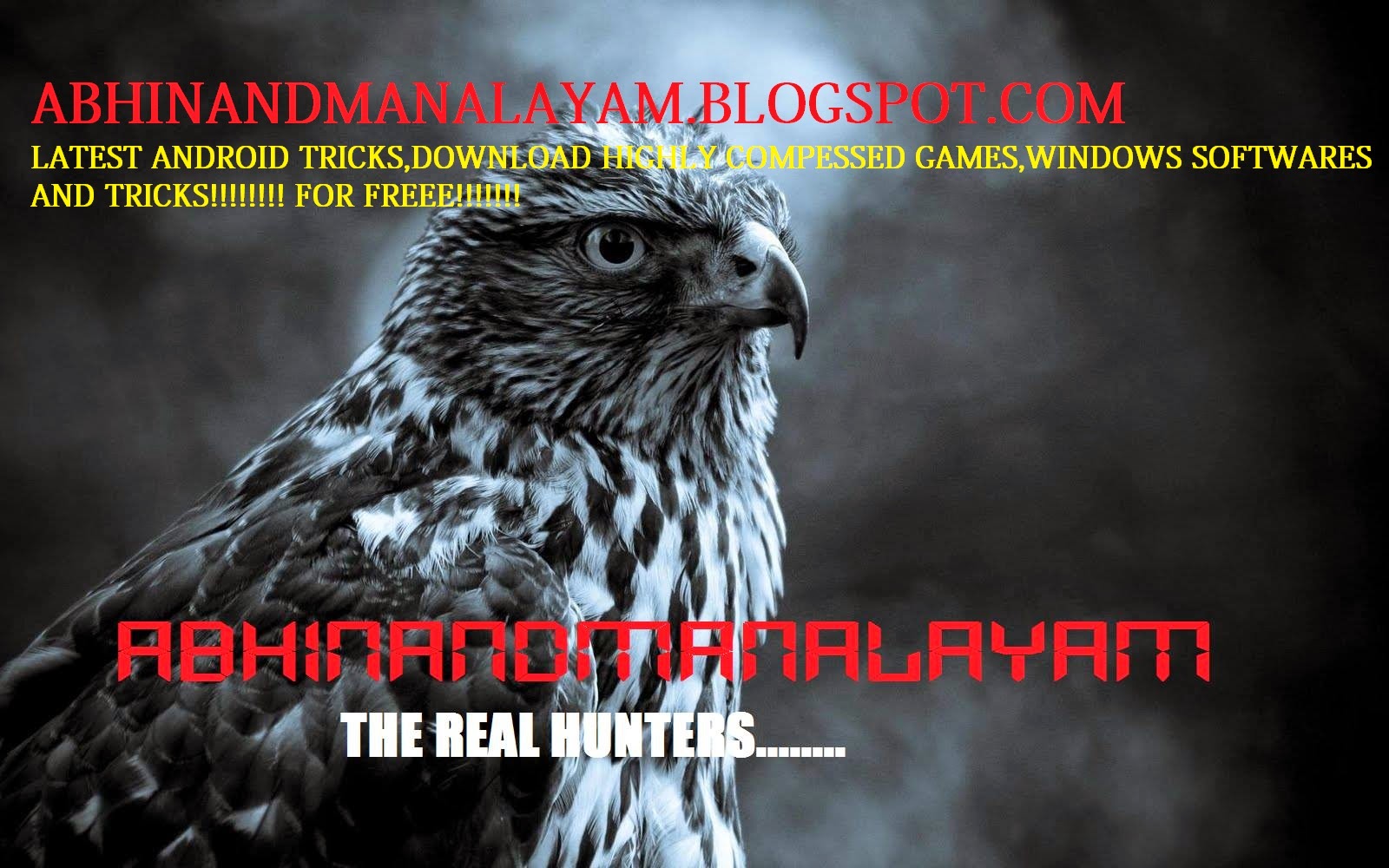



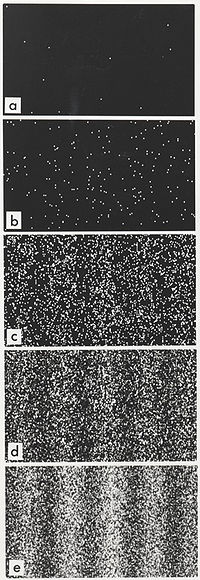


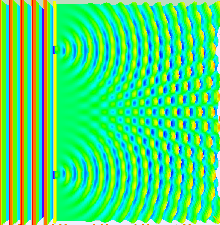





![\begin{align} I(\theta) &\propto \cos^2 \left [{\frac {\pi d \sin \theta}{\lambda}}\right]~\mathrm{sinc}^2 \left [ \frac {\pi b \sin \theta}{\lambda} \right] \end{align}](https://upload.wikimedia.org/math/9/5/7/957fb203768290a95f7a49a0feebb147.png)










